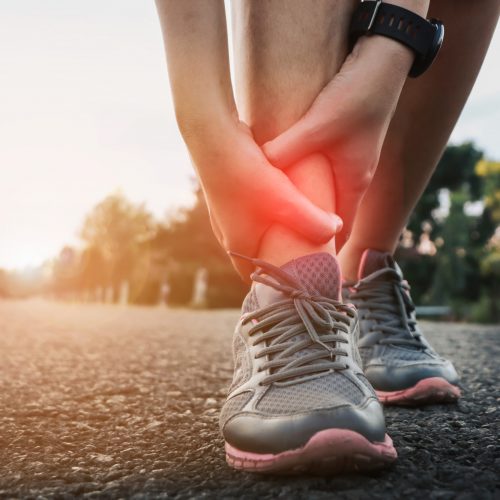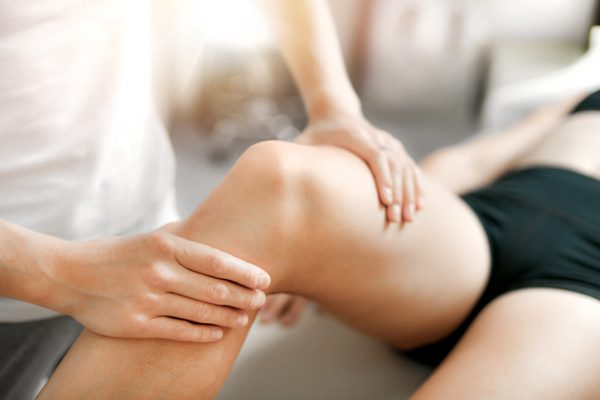Sports Medicine
We are specialised doctors experts in managing aches and pains, and other problems that may impact on physical activity. A Sport and Exercise Medicine Physician is trained by the Australasian College of Sports Physicians.


Our mission is to deliver Elite Care for All. We are experts in diagnosing and managing musculoskeletal problems. We often work alongside GP’s, physiotherapists and other health providers to be your injury and medical management team. We believe that health is the key to a fulfilled life, and that exercise is a key pillar of health. Our aim is to empower everyone we treat to achieve their desired performance, fitness and health, now and into the future.
For more information see our website at www.activesportsmedicine.com.au or to book an appointment call (08) 9245 1011

Sport Physiotherapy involves the treatment of sports specific musculoskeletal injuries. These injuries usually result in missed training and match time and if not treated appropriately can usually lead to re-injury or ongoing problems.
The initial management of an acute sports injury is important in improving the overall healing time and recovery. During the first 72 hours following an acute sports injury, the body initiates an inflammatory response to eliminate damaged cells in the region and begin repairing injured tissues.
Physiotherapists recommend ‘SPRICE’ in the first 72 hours following injury to manage acute inflammation, to avoid excessive swelling, pain, loss of movement, damage to surrounding structures and reducing excessive scar tissue.
Support use a brace or strapping tape to support the injured area and reduce the load on the injured tissues
Protect the area from further injury, consider the use of crutches for a lower limb injury
Rest the injured area from sport/work to allow healing
Ice wrap an ice pack in a damp towel and place on the injured area for 20 minutes every 2 hours
Compression apply a compression bandage or tubular bandage around the injured area, start below the site of the injury and move towards the heart
Elevation elevate the injured area above the level of the heart to assist with drainage of the swollen area
Physiotherapy Treatment of Sports injuries
During the acute inflammatory phase, physiotherapists can assist in managing swelling with the use of ultrasound therapy, massage, compression bandaging, strapping/taping and advice/fitting of appropriate braces.
Following the inflammatory phase, proliferation and remodelling of the injured tissues occurs, whereby new cells are sent to the area and tissue repair begins. Physiotherapists may use manual therapy techniques (soft tissue massage, joint mobilisation/manipulation, dry needling) combined with appropriate exercises to gradually load the healing tissues and maximise strength.
Your physiotherapist will progress your rehabilitation program to include sports specific exercises, and provide advice on when to return to sport.